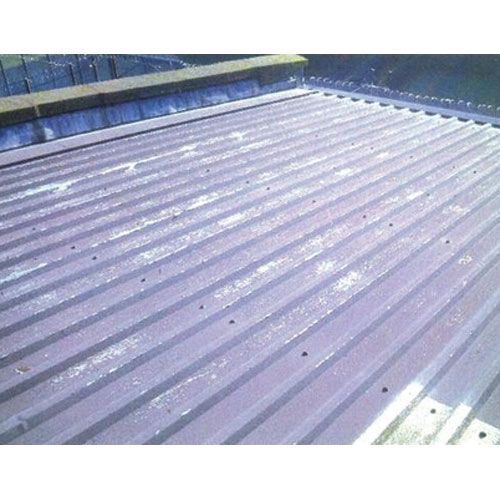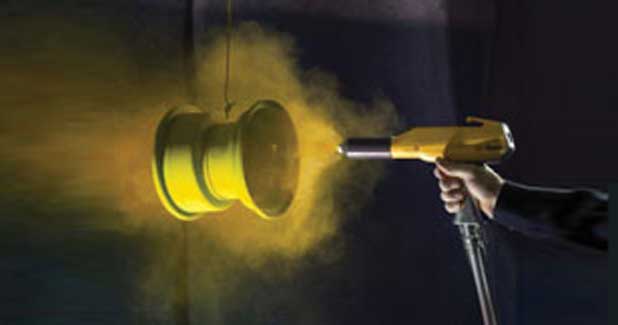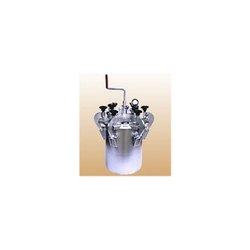Schedule a Call Back
Indian coating industry: Painting a bright future
 Articles
Articles- Sep 01,18

Related Stories

Mission Manufacturing Excellence
India is poised to remain the world’s fastest-growing major economy, with the International Monetary Fund (IMF) projecting GDP growth of 6.5 per cent for 2024-25.
Read more
Indian power sector presents Rs.40 trn investment potential
India power sector has the potential for investment of Rs.40 trillion driven by fast-growing consumption over the next decade.
Read more
Forging India's path to manufacturing excellence
Globally, India is considered one of the major forging production hubs.
Read moreRelated Products

Polysiloxane Anti Corrosion Coating
Clean Coats offers polysiloxane anti corrosion coating.

Powder Coating Services
Jekmin Industries offers a wide range of powder coating services Read more

Painting Equipments
We are a renowned manufacturer and supplier of a wide range of Blasting and Painting Machines, Testing Instruments and Abrasive Products. The products offered by us are manufactured using high-grade r Read more


















